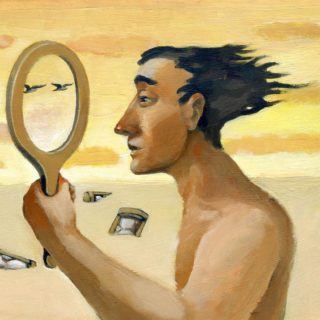5 Ways to Increase Your Life Force Energy
Becoming Aware of How Life Force Leaks Away From Us Unnecessarily Today my wife and I planted a cinnamon tree in our garden. We purchased it at a nursery and it is approximately ten feet (3½ meters) tall! The roots were bundled tight in a burlap sack to restrict their growth while it was awaiting someone to come and claim it. Digging the hole, cutting the burlap sack and planting the tree into the earth, allowing the roots to expand without restrictions, all this felt nourishing. Its rich potential can now be fully realized. I look forward to watching it grow. As I was pondering what to write for this month’s topic, I realized a similarity between ourselves and the cinnamon tree. We too have our roots bundled and confined, but not with burlap, with limited consciousness. What can we do to release our full potential, for we are plugged into the matrix of all existence, and so much is available to us? One very effective method that is incredibly overlooked is to increase the life force we have available to us. All living things, plants, animals, insects and human beings draw life force from the cosmic reservoir naturally and without awareness. It just happens, and is a part of being alive. The life force that nurtures the cinnamon tree is the same life force that fuels the barking dog and allows the grasshopper to leap in the field. It is the force and energy that maintains life in all things. It exists everywhere and in abundance. While invisible and undetectable by human senses, its existence has been well documented by various mystery schools and is known by many different names. The term "Life Force" is one of those names, and it is what I will call it as I explore the potential of harnessing this incredible substance. We can enhance our life immeasurably by first becoming aware of this Life Force, and secondly by increasing the flow into our being. Our mind and body are constantly being regenerated and revitalized by this great life-essence, which circulates throughout the cosmos. This life force reaches all, supplying animation to all, tying all things together in one dynamic wash of ever-flowing renewing energy. This river of energy is flowing all around us and in it "we live and move and have our being." Each of us receives a minimum amount just by being alive and human, but the amount of life force each individual receives varies greatly and is affected by a number of factors, which I intend to explore over the next several months. Let me say at the beginning of our examination of this fascinating aspect of human existence that it is possible to draw directly from the great cosmic reservoir of undifferentiated energy and to increase our intake. When we do, this energy is transmuted within our being into all the different forms of activity that go to make up a human life. If our vital energy goes [...]






